Collision course! 92-foot Asteroid 2020 FV4 dashing towards Earth, set to get very close
An aircraft-sized asteroid is hreatening Earth and is set to make a very close approach to Earth in the coming days.
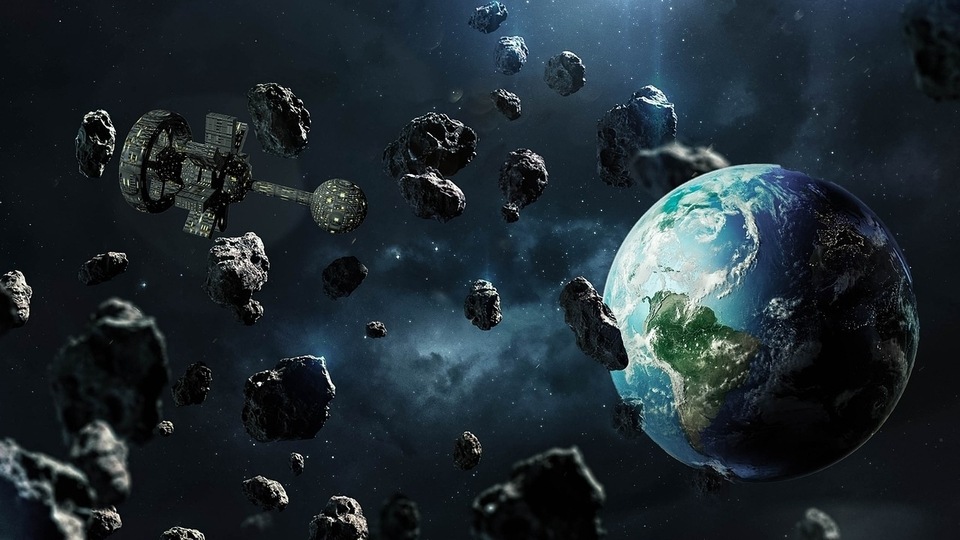
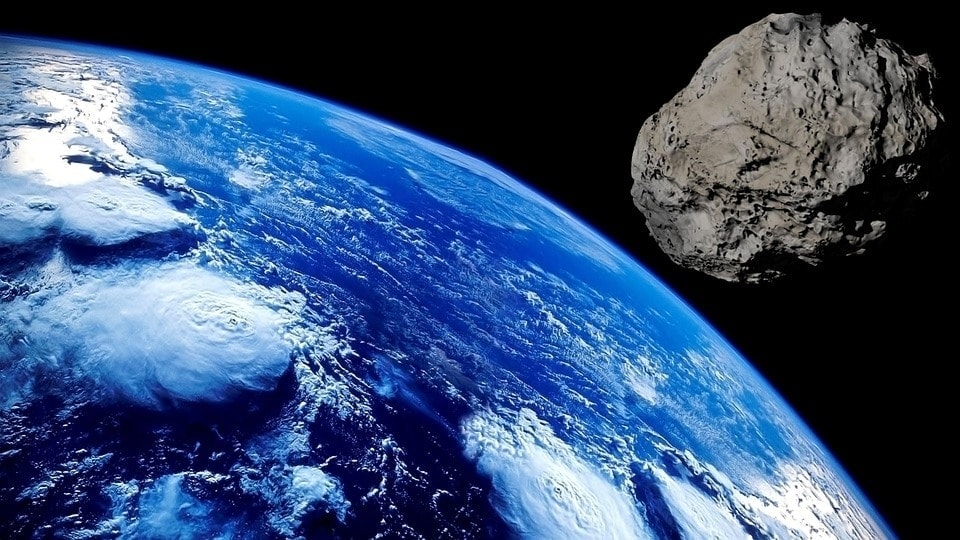
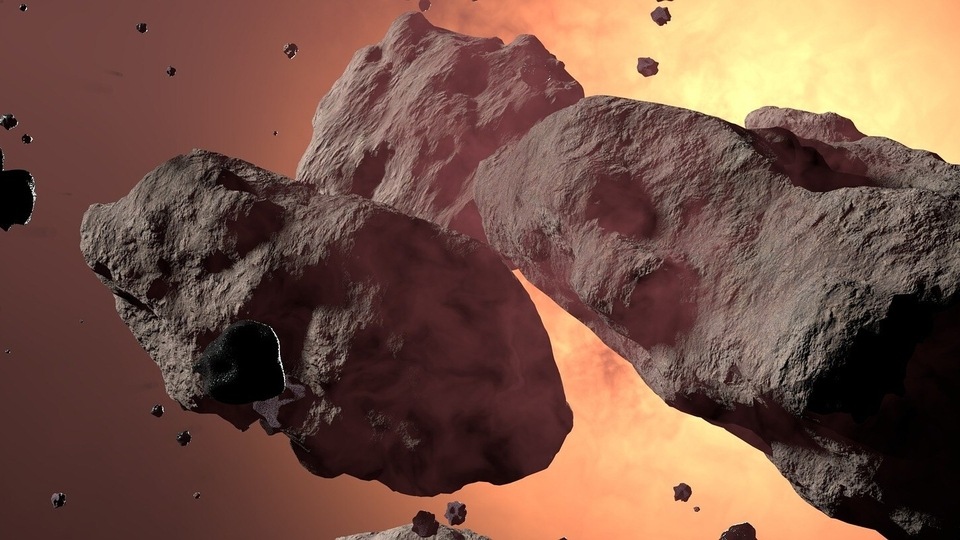
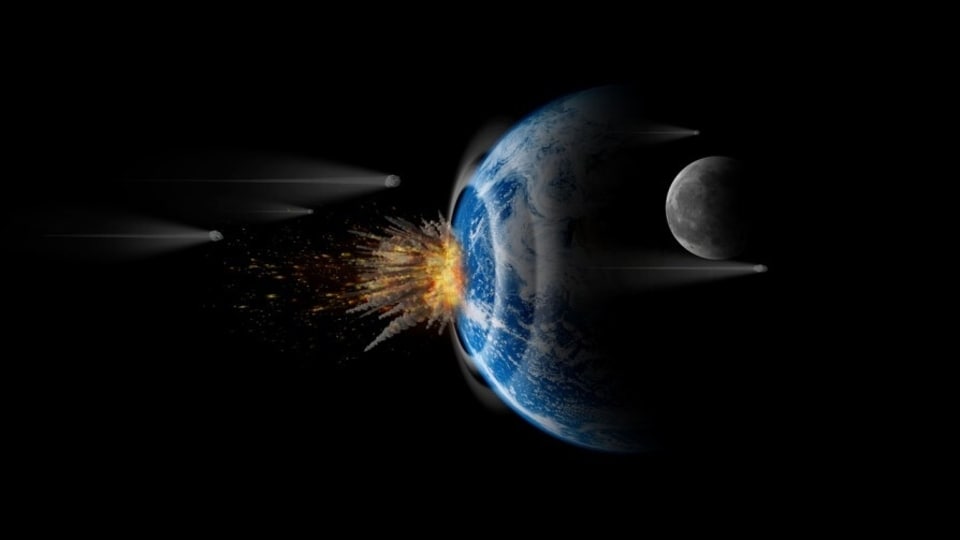
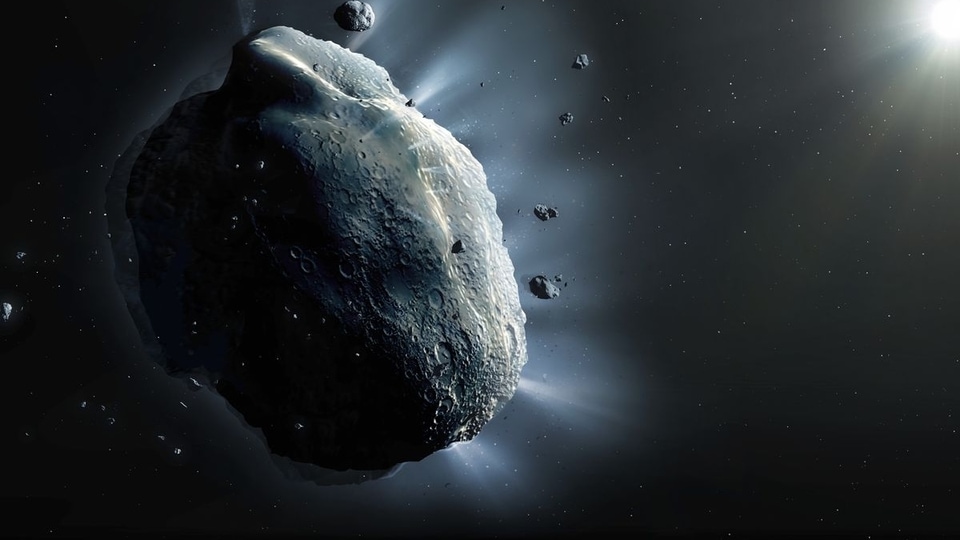
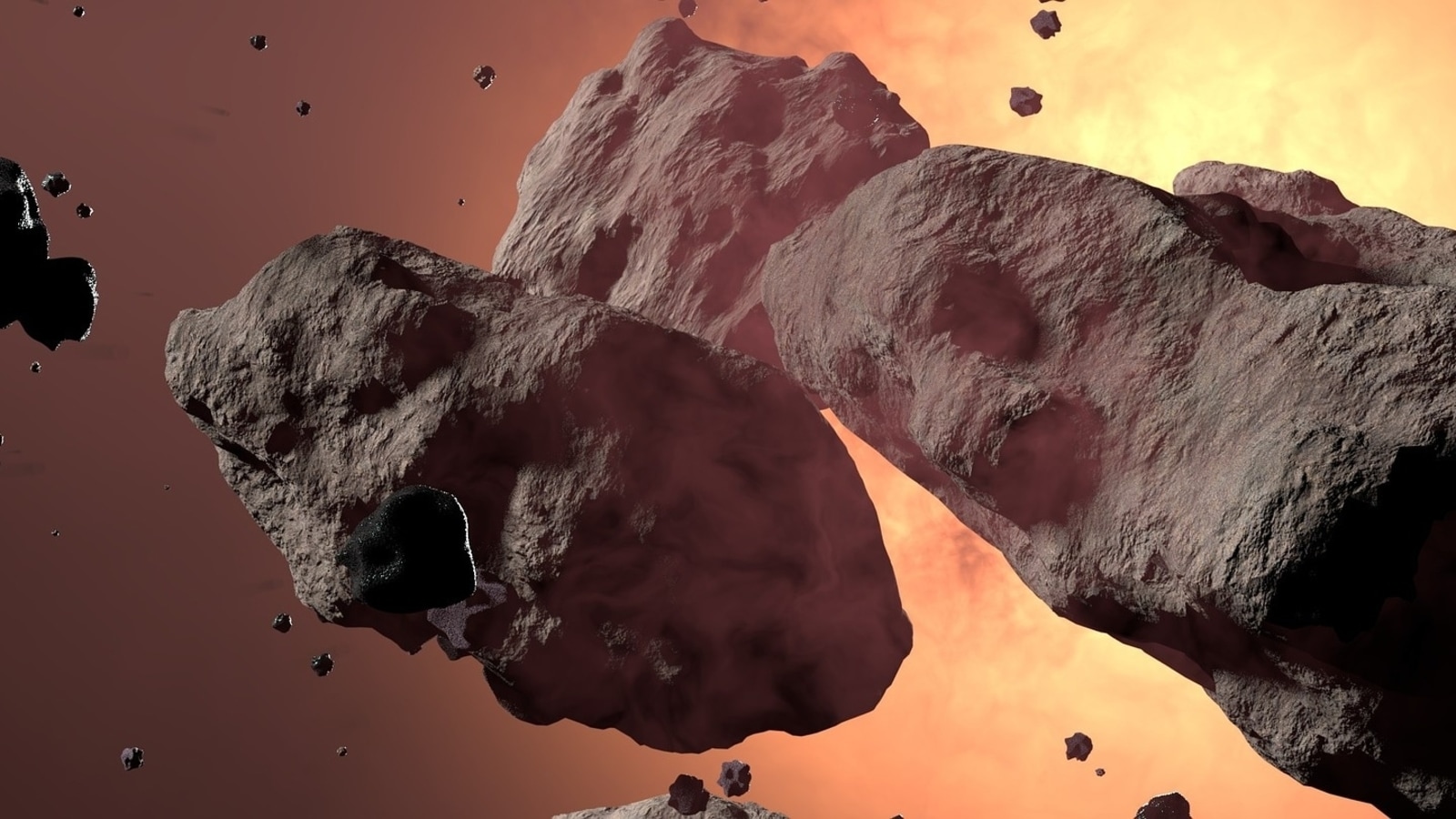
 View all Images
View all ImagesAsteroids are in abundance not just in our solar system, but throughout the Universe. These ancient space rocks, left over from the early formation of our solar system, vary in size from just millimeters to hundreds of kilometers. Asteroids, along with other celestial objects are one of the biggest threats to humanity in the Universe. And there is proof of it since asteroids were one of the main reasons behind the extinction of dinosaurs.
NASA has now issued a warning against an asteroid that is set to pass Earth extremely closely in the coming days. Although this space rock is not big enough to threaten life on Earth, it could still cause potential damage if it crashed in a densely populated area.
Asteroid 2020 FV4 details
NASA has red-flagged an asteroid named Asteroid 2020 FV4 due to its extremely close approach with the planet. The asteroid will make its closest approach to Earth on March 13, at a distance of 6.7 million kilometers per hour. It is already on its way towards the planet travelling at a fearsome speed of nearly 29350 kilometers per hour!
Asteroid 2020 FV4 is particularly concerning due to its huge size. With a width of 92 feet, this asteroid is nearly the size of an aircraft, says NASA. Although this asteroid is not expected to collide with Earth, a slight deviation in its trajectory due to the Earth's gravitational pull can send the asteroid hurtling towards Earth for an impact.
Why are asteroids studied?
Scientists study asteroids to learn more about the early solar system and the conditions that existed when the planets were forming. Asteroids can also provide valuable resources such as water, metals, and other minerals. One such discovery was made by studying an asteroid.
Until now, it was believed that water was already present on Earth from earliest times. However, a recent study has made an astonishing discovery that puts this very thought into doubt. The study has revealed that water may have originated on asteroids.
Catch all the Latest Tech News, Mobile News, Laptop News, Gaming news, Wearables News , How To News, also keep up with us on Whatsapp channel,Twitter, Facebook, Google News, and Instagram. For our latest videos, subscribe to our YouTube channel.





























